(NB&CL) The Oi flute - from a simple, rustic musical instrument of the Muong people, has constantly developed to keep up with modern music , contributing to enriching and diversifying traditional Vietnamese music. In traditional spaces, the sound of the Oi flute still resonates somewhere like the heart of the Muong people...
My heart calls you
In the Muong musical instrument system with drums, gongs, duong, co ke oong khao... the oi flute has a rather important position. If gongs are the soul of the percussion instruments, the oi flute is considered the leader of the wind instruments. According to Mr. Bui Thanh Binh, Director of the Muong Cultural Heritage Museum (Hoa Binh city, Hoa Binh province), in the Muong language, the oi flute is called "oong oi" or "khao oi".
This name probably comes from the flute playing the word “oi” (friend) a lot like: oi oi (friend), oi hay (friend), oi ha (friend), oi oi (friend)… “Ong oi” means a tube calling a friend, calling a lover and the “oi” flute is also considered the flute of love. In daily life, the Muong people consider the “oi” flute as a close and precious object, the proof is that they always keep the flute in high places, for example, hanging it on the wall of the house, the roof - where they can reach up and get it, or they can also hang the flute above their head, right where they lie.
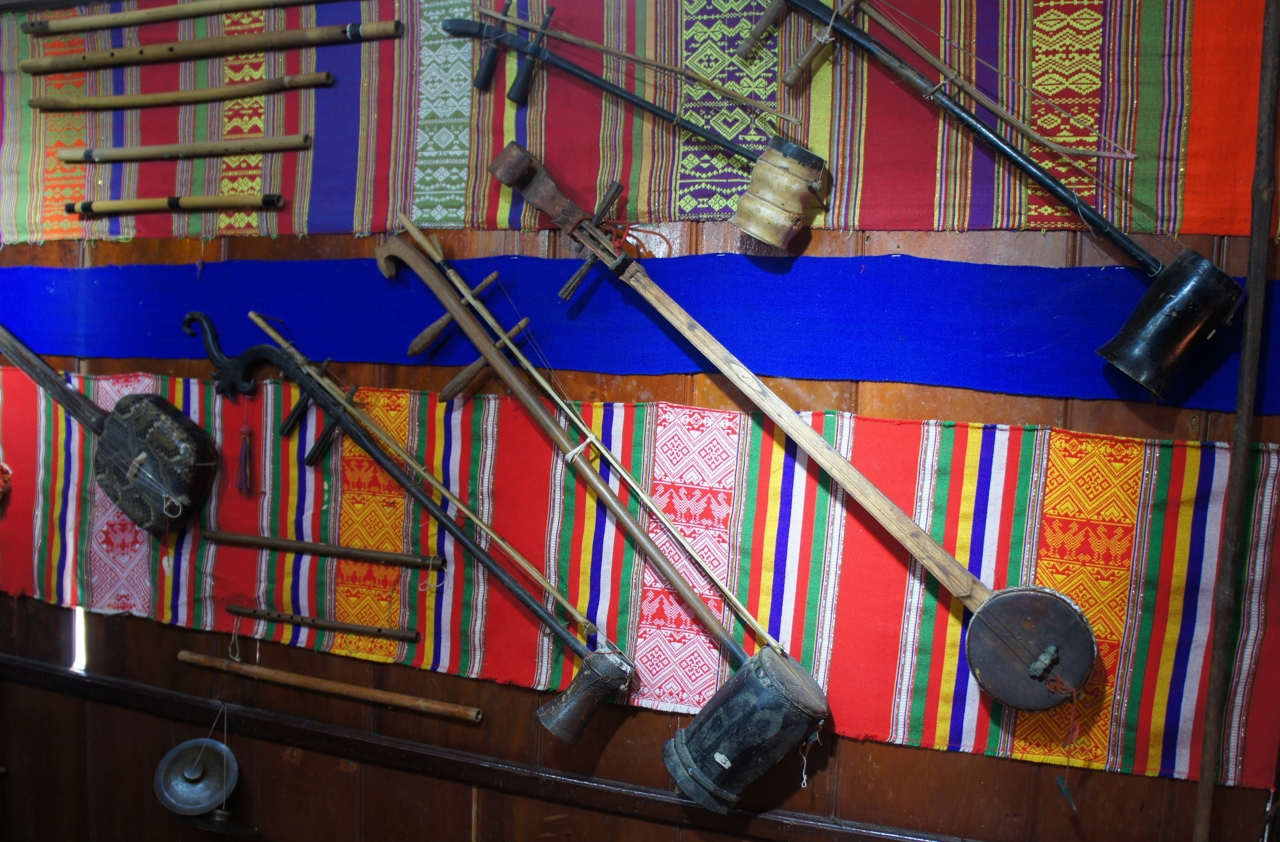
Muong musical instrument exhibition space at the Muong Cultural Heritage Museum.
“The Muong people place the flute near their bed so that it is convenient to take it out and blow it whenever they are restless thinking about their lover or suddenly a memory from their youth comes back… The special feature of the flute is the way it is blown vertically, the sound of the flute is completely different from the horizontal flute. The flute produces a very special sound, it is gentle, deep and melancholy, unlike the distant sound of the horizontal flute. Therefore, the flute is very suitable for the nostalgic mood and confidences of the player, on quiet moonlit nights,” said Mr. Binh.
Perhaps due to its narrative and lyrical tone, the Oi flute is often used by the Muong people in weddings, festivals or on Tet. The flute player can play solo or as an accompaniment for singing in groups, or as a way to express feelings on moonlit nights. The sound of the flute is like the whispering wind, sometimes low, sometimes high; sometimes whispering to express feelings to a loved one, sometimes leisurely and leisurely waiting for the season to come. Mr. Binh said that in the past, on idle spring nights, the Muong people often gathered in the stilt house to sip a jar of rice wine, listening to the Oi flute or playing the Co Ke Oong Khao music set. Depending on the person playing fast or slow, depending on their mood, happy or sad, the flute sound can be gentle and profound, sometimes bustling and cheerful...
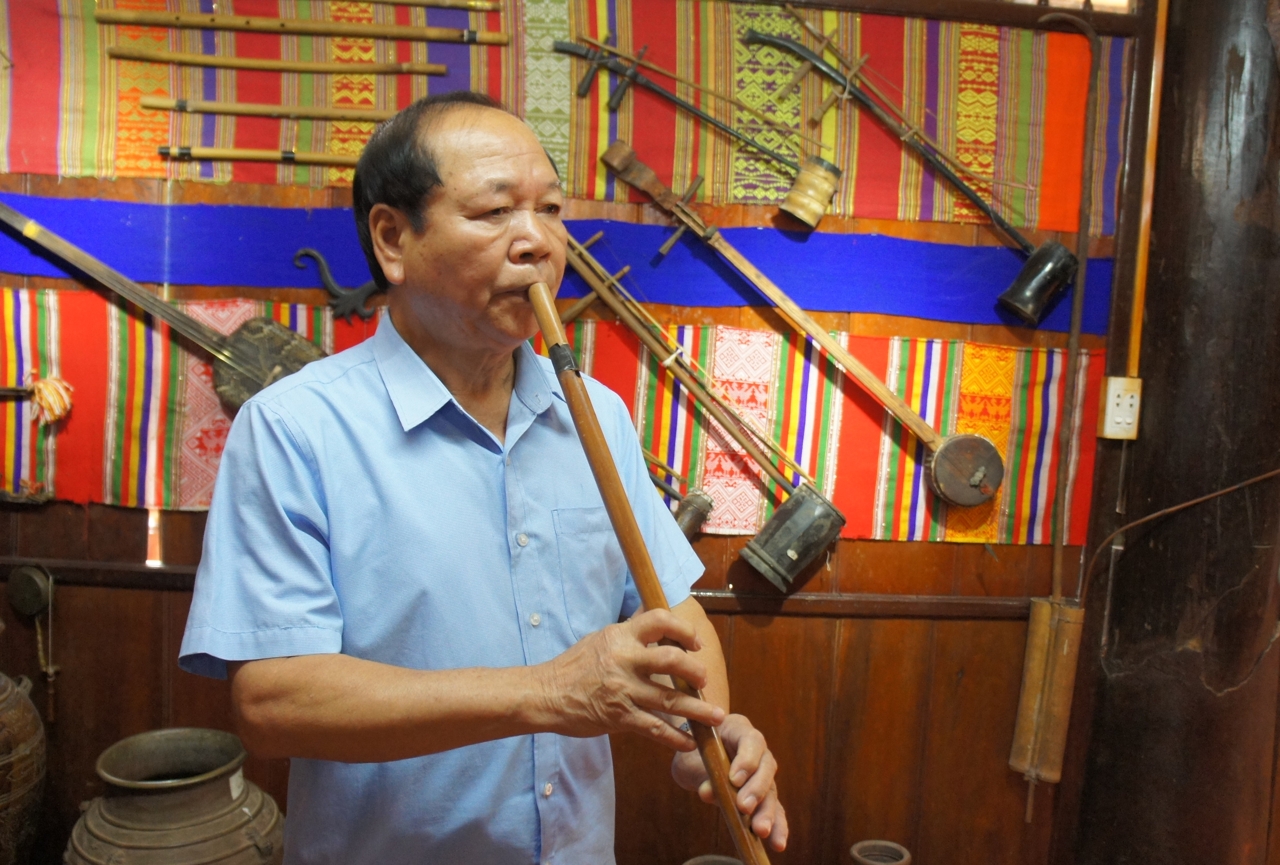
Mr. Bui Thanh Binh performed a Sao Oi dance.
Conquer the Symphony Orchestra
As a former lecturer at the Northwest College of Culture and Arts, Dr. Bui Van Ho has spent many years researching the Oi flute. According to him, the Oi flute is an ancient musical instrument of the Muong people, passed down from generation to generation. Before 1975, the flute users were often elderly artisans of the Muong village. What is special is that, in the ancient way of playing the flute, the artisan did not blow out the real sound of the flute but used a system of overtones. The way of using the Oi flute at that time was simple, rustic, not yet performing or showing off techniques. The melodies were blown spontaneously, or blowing Muong folk songs such as dum singing, vi singing, betel-inviting singing, etc. Later, artisan Quach The Chuc researched and improved the Oi flute so that it could meet the requirements of the modern musical instrument system.
Dr. Bui Van Ho said that the ancient Oi flute of the Muong people only has 4 main holes for pressing, corresponding to 5 main sounds: "ho", "su", "sang", "xe", "cong". After ten years of experimentation, the Oi flute was drilled into 7 holes by artisan Quach The Chuc, from which the notes of the Oi flute are more diverse and modern. The sounds of the improved flute are corresponding to the notes do, re, mi, fa, son, la, si, similar to the sound of a 6-hole horizontally blown bamboo flute. What is special is that, although the notes are "enhanced", the sound of the Oi flute still retains its own unique, lingering, gentle nuances.

Artisan Quach The Chuc (left) and Dr. Bui Van Ho. Photo: Dr. Bui Van Ho
According to artisan Quach The Chuc, Muong people who want to make a good flute must be meticulous and meticulous right from the stage of choosing bamboo. First, the bamboo tree chosen must be a "kheng" bamboo tree (sandwich bamboo, small bamboo) growing on the east side of the bamboo bush and its top must also face east. The bamboo tree must be old, the outer bark has turned yellow, if it is golden yellow, the better. The bamboo trunk has a diameter of about 1.5 cm, the length of the bamboo segment is 68 to 70 cm and especially, the bamboo tree must not have a truncated top because flutes made from young bamboo, a bamboo with a truncated top will never produce good sound. The bamboo tube is brought back to dry, then the artisan drills holes with a red-hot iron awl. The distance between the holes is measured to be exactly equal to the "circumference" of the tube body.
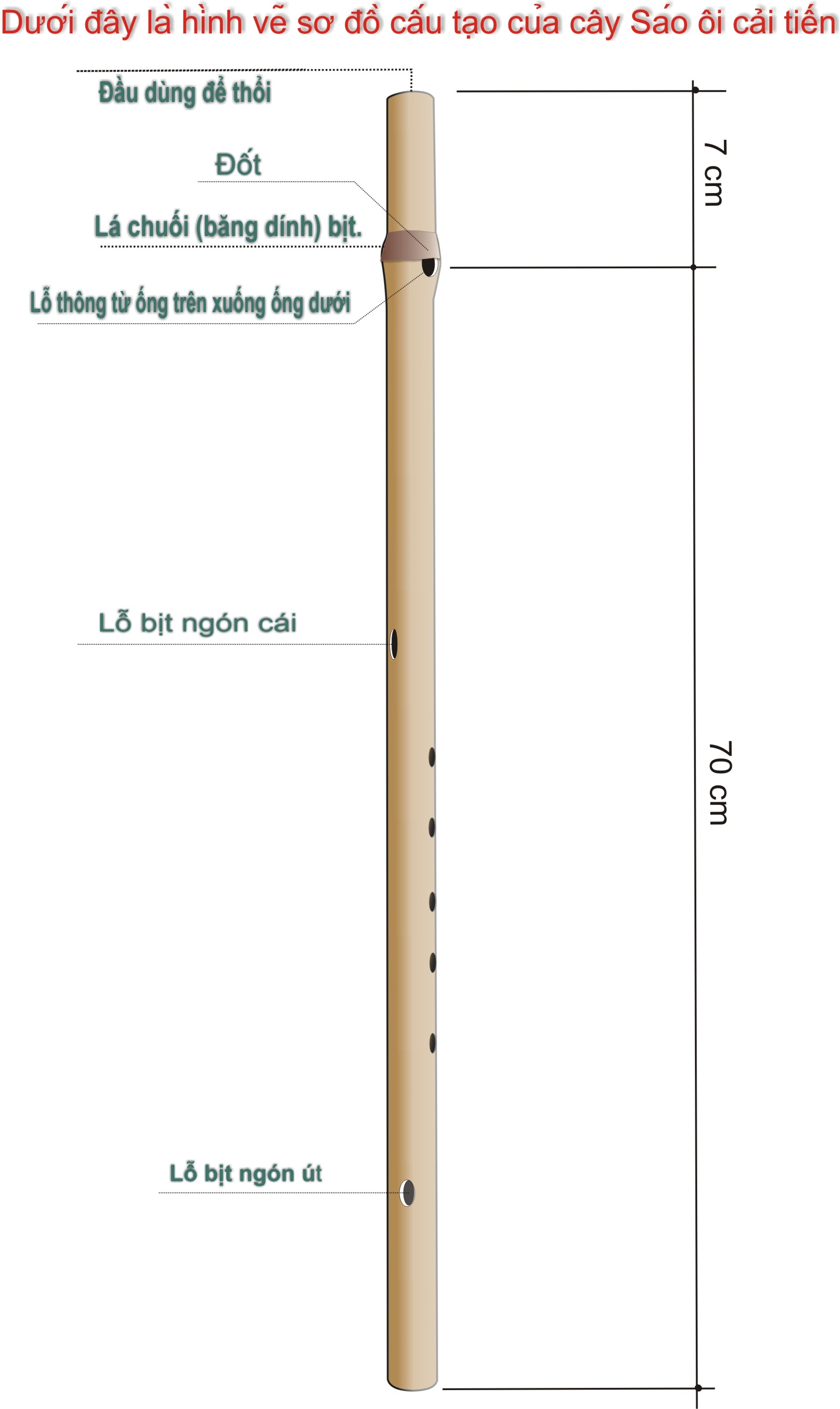
“With his passion and natural talent for music, Mr. Quach The Chuc has brought the Oi flute of the Muong ethnic group to a new level. Thanks to his efforts, the Oi flute has been included in the official curriculum of the Northwest College of Culture and Arts, where he is the teacher,” said Dr. Bui Van Ho.
Along with being trained properly, the flute from the performance space in the traditional stilt house followed artisan Quach The Chuc to perform at many professional stage festivals. He has received the Silver Medal 3 times at national music and dance festivals with the works: "Noi au ban em", "Tam tinh ben cuo voong"...
From that success, artisan Quach The Chuc boldly brought sao oi into the structure of the traditional orchestra and then into the symphony orchestra. The sao oi flute is now not only used for improvisation, blowing or accompanying Muong folk songs, but has been brought to much larger performance spaces. The sao oi instrument was played solo by artisan Quach The Chuc in the work “Bong nui khong tan” by musician Tong Hoang Long. And musician Tran Ngoc Dung also has a work written specifically for bamboo flute and sao oi ensemble with symphony orchestra.
“Now, the flute has contributed to enriching and diversifying traditional Vietnamese musical instruments. The sound of the flute blends with symphonic instruments; modern music blends with Muong folk music, those sounds are emitted, resounding extremely unique and sensual. From an amateur instrument, the flute now deserves to be ranked among professional musical instruments,” Dr. Bui Van Ho assessed.
According to Mr. Bui Thanh Binh, nowadays, the number of artisans who still keep the "secret" of making the flute is not much, and the young generation of the Muong ethnic group also has many other entertainment options, so the number of young people who are taught how to make and play the flute is not as good as before. But the flute and the art of performing the flute is still like a silent source flowing in the life and soul of the Muong people, so that on spring nights, the sound of the flute somewhere suddenly rises, carrying with it many confidences... The soulful sound of the flute makes the elderly relive their memories, makes the young people in their prime struggle with nostalgia, makes the Muong people restless with insomnia...
T.Toan
Source: https://www.congluan.vn/xu-muong-vang-tieng-sao-oi-post331500.html




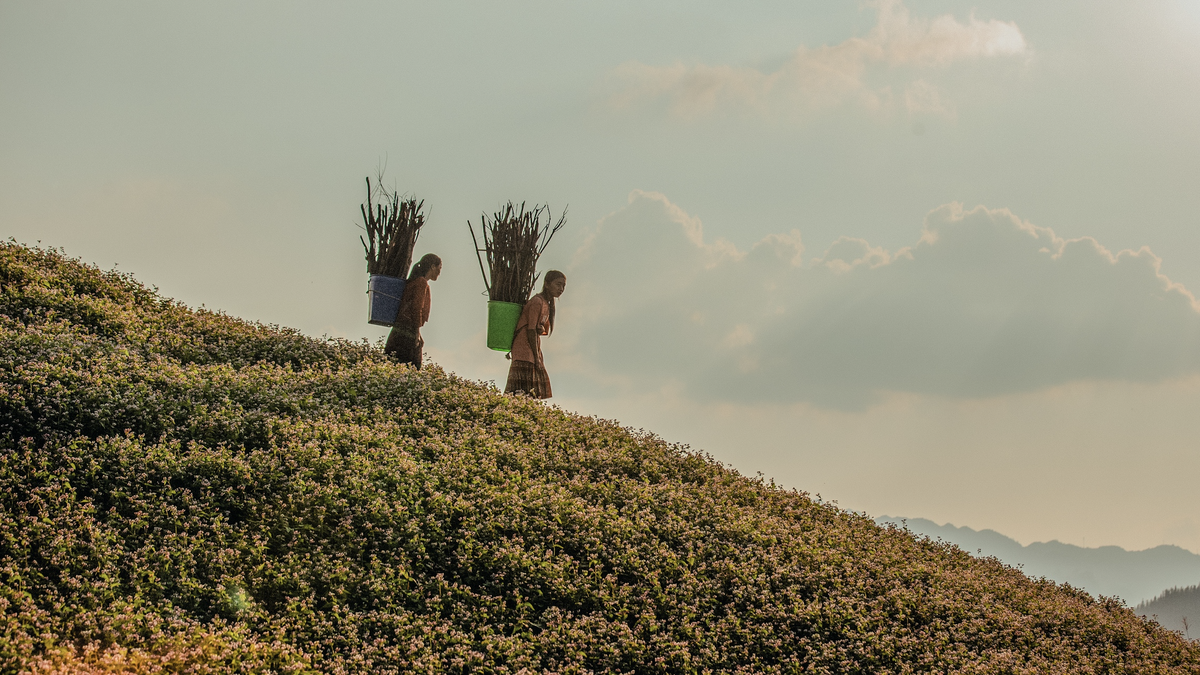

![[Photo] General Secretary To Lam and National Assembly Chairman Tran Thanh Man attend the 80th Anniversary of the Traditional Day of the Vietnamese Inspection Sector](https://vphoto.vietnam.vn/thumb/1200x675/vietnam/resource/IMAGE/2025/11/17/1763356362984_a2-bnd-7940-3561-jpg.webp)

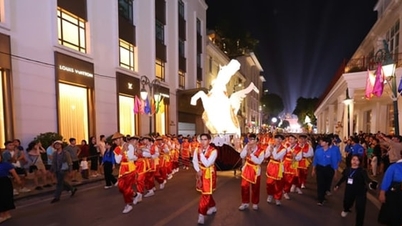







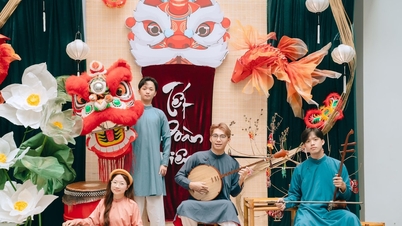

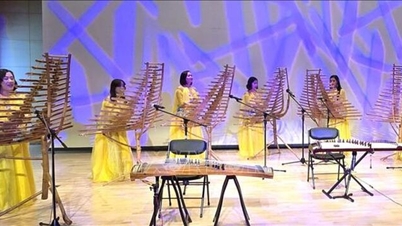



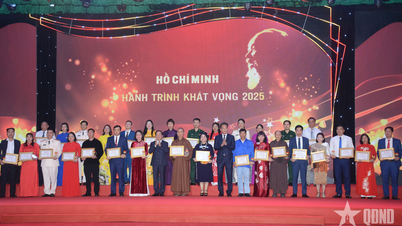












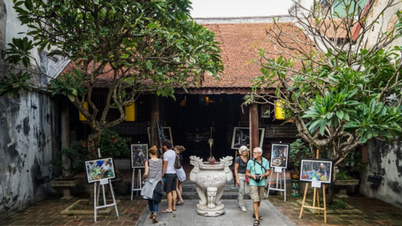
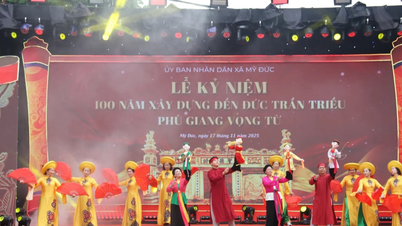


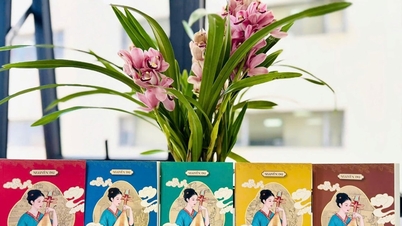


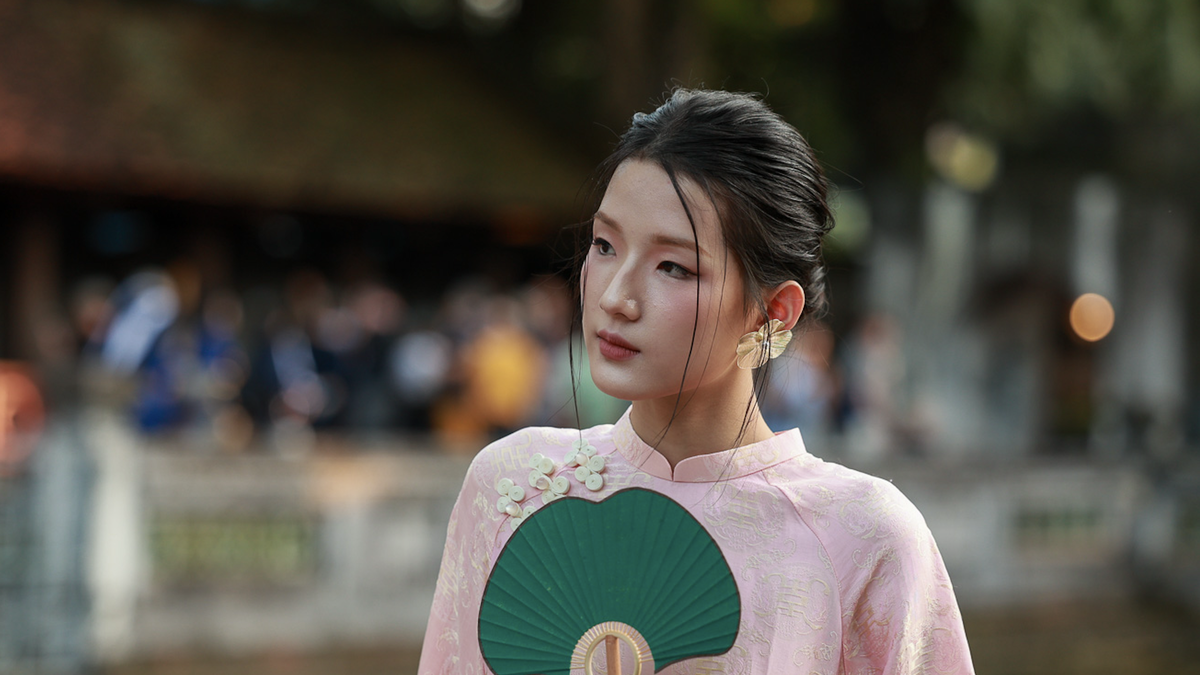








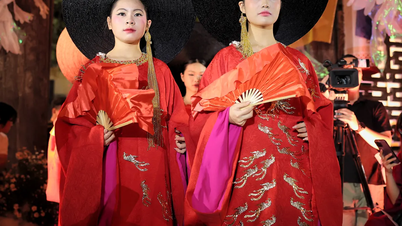





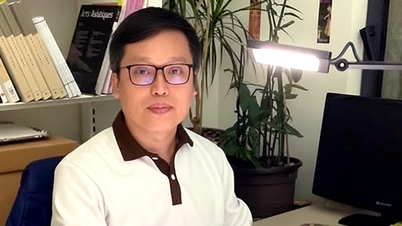








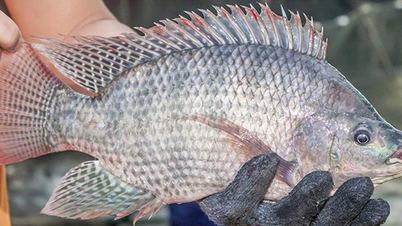


















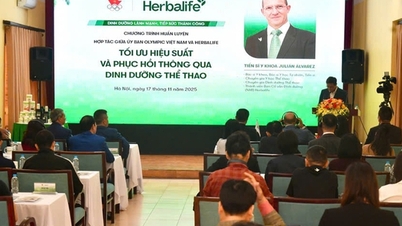













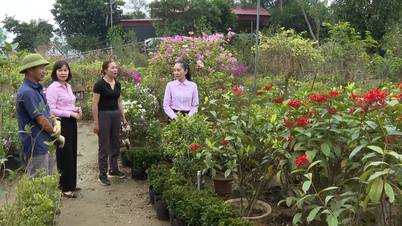




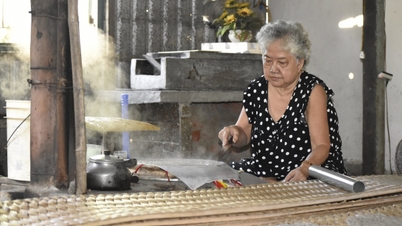


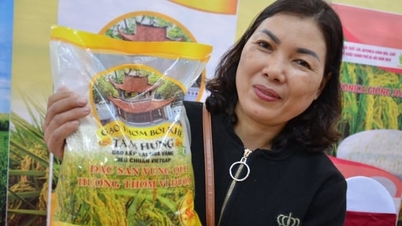









Comment (0)